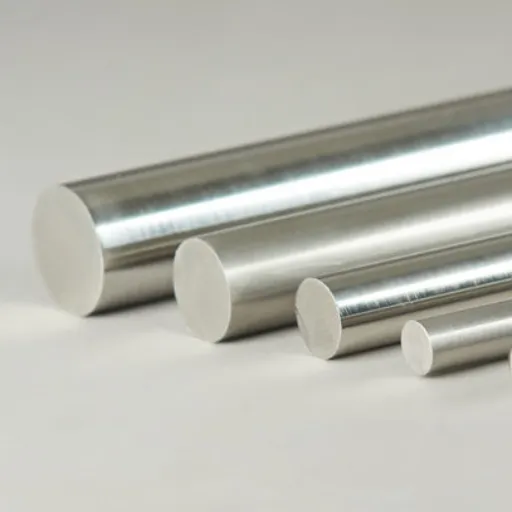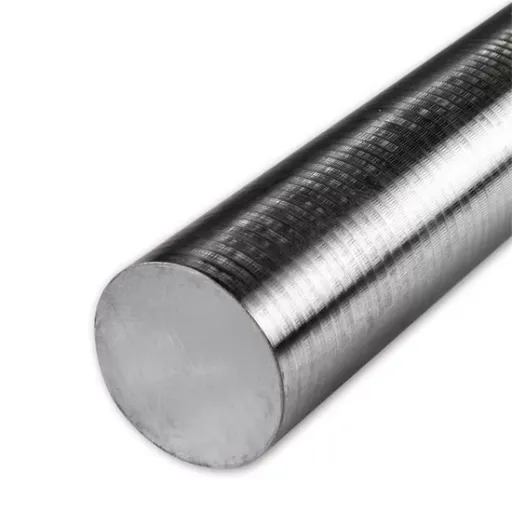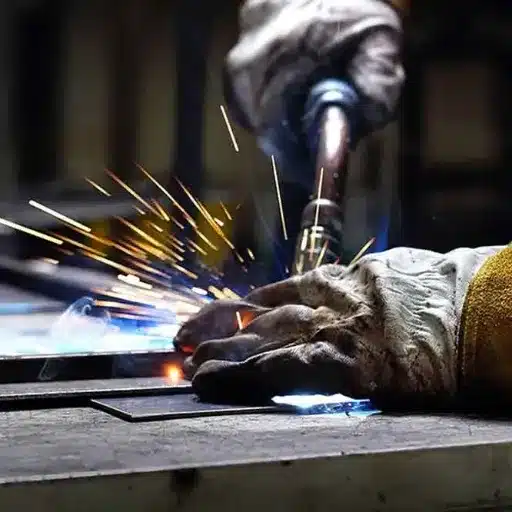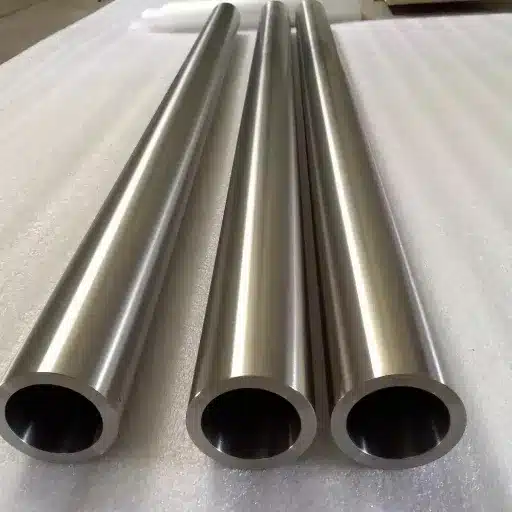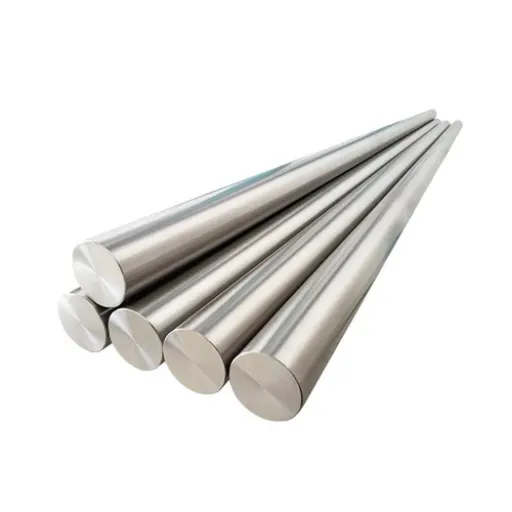Nickel alloy round bars are the first preferred choice for industrial applications in which strength, durability, and resistance to extreme conditions are the essential requirements. These multipurpose metal alloy bars are used in every industry from aerospace and marine to chemical processing and power generation. But what are the factors that make nickel alloy round bars so essential and what criteria you have to follow to select a supplier that can satisfy your demands? The current article is going to discuss the pros and cons of nickel alloy round bars along with the selection of a good metal alloy bar stock supplier as the most important aspect of this whole process. Get ready to unveil the secret of upgrading your projects with materials of high quality that are meant to perform and last.
Nickel Alloy Bars Introduction
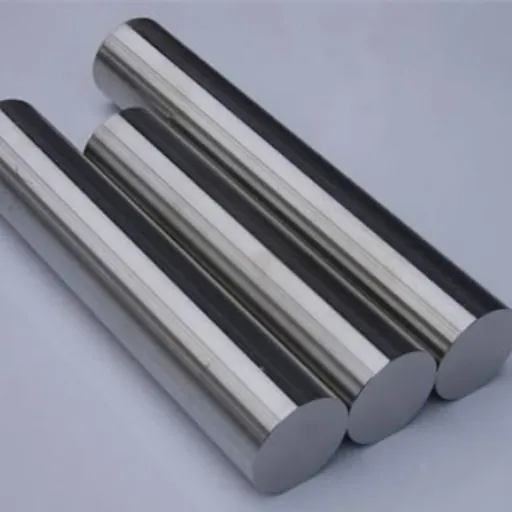
Nickel alloy round bars are absolutely necessary for their extraordinary features like high strength, resistance to corrosion, and ability to perform in demanding applications throughout the industries like aerospace, chemical, and energy. When I pick a supplier, I look for a company that has a solid reputation, conforms to strict quality standards, has a wide range of products, and is capable of offering customized solutions that cater to the precise needs of the project.
What Are Nickel Alloy Bars Exactly?
Nickel alloy bars are extremely versatile and durable materials that are mainly out of nickel, usually, they are with other metals such as chromium, molybdenum, iron, and cobalt for the purpose of improving certain properties. These bars are able to withstand very drastic conditions, and therefore, they are used in industries such as aerospace, marine engineering, chemical processing, and power generation. Nickel alloy bars are also characterized by resistance to corrosion, oxidation, and very high temperatures.
Industry Insight: Inconel, which is one of the most widely used nickel alloys, can be operated under the temperature conditions that vary from cryogenic levels to over 2,000°F (1,093°C). The industrial data shows that global nickel alloy market was estimated to be around $12.6 billion in 2022, and its market value should reach $17.4 billion by the year 2028, resulting in a compound annual growth rate (CAGR) of 5.5%. Such growth is an indicator of increasing demand for nickel alloys that are characterized by their superior material properties in critical applications.
Nickel Content in Alloys – Its Importance
Among all metal elements nickel is the most important for alloy properties enhancement, that is why nickel is in the middle of material science and engineering applications. The growth of the usage of nickel in all metals and especially its presence in alloys should be through only one way, the proneness it gives to the metal with the increase of toughness and its other properties of corrosion resistance and thermal stability. For example, nickel contained in stainless steel not only adds extraordinary durability ooze the metal but also very wide temperature range, from extreme cold to high heat, the metal preserves great strength and ductility. Tests clarify that in austenitic stainless steel a nickel proportion of about 8-10% guarantees maximum corrosion resistance and formability, hence it is extensively employed in industries such as construction, chemical processing, and food manufacturing.
Nickel is also important in the production of stainless steel, but superalloys that contain nickel in percentages often exceeding 50% are crucial for the highest-performance applications, e.g., aircraft engines and power turbines. Such materials can resist temperatures above 1,000°C while they still manage to keep their strength and withstand oxidation and creep. According to the market reports, the global nickel alloys output is likely to increase at a slow but steady pace, with the energy, aerospace, and automotive sectors being the main factors driving the growth, as they all require materials that are high-performance, corrosion-resistant, and often costly though. As the ecological issues become more pressing, it becomes the same with nickel’s role in battery technology development, especially for electric vehicles, where he is asking the same old question proving nickel-rich cathode materials for energy density and battery life.
Industries Applications of Nickel Alloy Bars
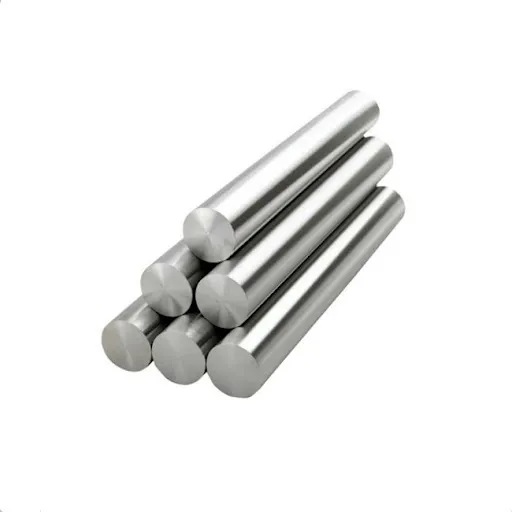
Nickel alloy bars are the choice of industries due to their properties like strength and durability along with their high resistance to corrosion, which I think are very crucial materials in aerospace for engine components, in energy for power plants and pipelines, and in automotive for electric vehicle batteries. Their versatile characteristics make them a necessity in high-performance and demanding applications.
Aerospace Industry
In the aerospace industry, the use of nickel round bars is pervasive, mainly for jet engine and airframe component jets. The high-temperature tolerance and oxidation prevention characteristics of these materials allow them to be used for turbine blades, combustion chambers, and exhaust systems. For instance, Inconel 718, a nickel-containing alloy, is predominantly used in aerospace applications that require materials to perform excellently at high temperatures throughout the life cycle. It brings about reliability and effectiveness even in long operation times.
Energy and Power Generation
The energy sector has a major reliance on nickel round bars for the manufacturing processes of gas turbines, power plants, and nuclear reactors, among others. Superalloys made from nickel, such as Hastelloy and Monel, are the most frequently used materials in these applications due to their corrosion resistance under steam, seawater, and acidic liquids. For example, nickel alloys play a major role in the manufacture of heat exchangers and boiler components that function in high-pressure and corrosive environments.
Oil and Gas Industry
The oil and gas industry places a high value on nickel round bars for their outstanding corrosion resistance properties, particularly in drilling equipment, pipelines, and offshore platforms. The strong points of nickel round bars against high salinity and hydrogen sulfide environments make them extensively used in subsea operations. For instance, Alloy 400 and Alloy 625 are popular due to their long-lasting qualities, which enable them to withstand the hard conditions of deep-sea exploration in terms of pressure and temperature.
Renewable Energy
The dependence of the renewable energy sector on nickel-linked materials is vast, as they are used in wind turbines, solar panels, and geothermal energy generation. Nickel round bars play a part in making equipment that can resist corrosion in very harsh environmental conditions. Studies seem to suggest that approximately 9% of world-wide nickel production goes to renewable energy projects, and this percentage is expected to grow as countries increasingly become focused on green energy.
Electric Vehicles (EVs)
The key to the production of lithium-ion batteries, which are used in electric vehicles, is nickel. High-performance nickel alloys in the battery manufacturing process are helping to raise energy density and lower costs thus making EVs more efficient and economically viable. Market analysts predict that by 2030 more than 40% of nickel demand will be going to the electric vehicle battery sector, which indicates that nickel is going to be the cornerstone of the EV market expansion.
Nickel Alloy Bars Mechanical Properties and Machinability
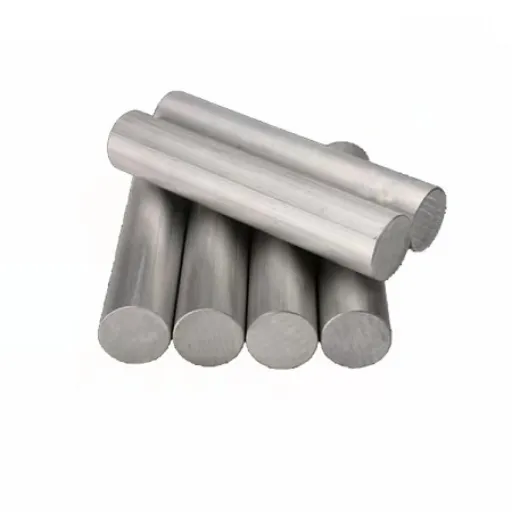
Nickel alloy bars’ remarkable mechanical properties are responsible for their widespread use in various high-an-demand applications. These alloys are known for their high tensile and yield strengths, toughness, and even extreme environment corrosion resistance at the same time. Their ability to retain mechanical properties at a wide temperature range makes nickel alloys the choice often in aerospace, marine, and chemical processing industries.
For example, Alloy 625 and Alloy 718 are among the most commonly used nickel alloys with approximate 120 ksi (827 MPa) and 130 ksi (896 MPa) respectively, tensile strengths. These properties mechanically guarantee the ability to withstand high-stress situations while at the same time keeping structural stability. Fatigue resistance, which is very important in applications where it is necessary to continuously load and unload the material, e.g. turbine components or high-pressure piping, is another great feature of nickel alloy bars.
Exceptional Corrosion Resistance
Nickel alloys boast extraordinary resistance to corrosive environments, including acids, alkalis, and seawater. For example, Alloy 625 is known for its resistance to pitting, crevice corrosion, and oxidation even at high temperatures, thus being an essential material for the harshest marine and chemical applications.
High-Temperature Performance
Nickel alloys are the better choice technologically as they do not lose their mechanical properties and reliability against extreme conditions compared to materials such as stainless steel or aluminum. For instance, Alloy 718 has a service temperature range of about 1300°F (704°C), thus allowing the material to resist not only creep deformation and thermal fatigue in aerospace turbine engines but also in power plant systems.
Superior Strength and Durability
Nickel alloys are designed particularly for high-demand applications, and consequently, they come with the highest tensile strength and longest life span attributes. Examples such as Monel 400 nickel alloy with a tensile strength ranging from 70,000 to 100,000 psi (pounds per square inch) have been reported in tests, thus securing its use in high-stress environments.
Recent Advancements in Nickel Alloy Bar Production
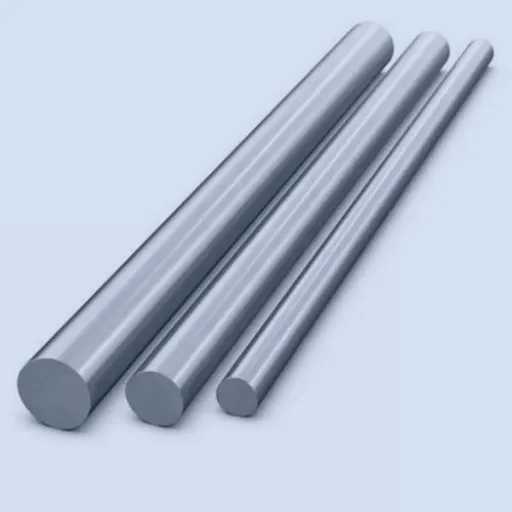
Trends in Alloy Production Techniques
Industry reports highlight the recent production techniques of alloys that emphasize the integration of advanced manufacturing technologies and sustainability practices as the main reasons for the changes. The most notable trend is that of additive manufacturing or 3D printing as it is popularly referred to, which enables the meticulous craftsmanship of intricate nickel alloy parts. The global market for additive manufacturing, including nickel alloys, is expected to grow at a CAGR of 24.1% from 2023 to 2030 according to a recent industry survey due to its capability of cutting down on both material waste and production cost.
Moreover, vacuum induction melting (VIM) and electron beam melting (EBM) methods are more frequently being employed for the purpose of improving the purity and mechanical characteristics of nickel alloys. They are making sure that there is a high level of consistency and reliability, especially for use in aerospace, medical devices, and energy sectors. For example, the EBM application has resulted in the production of turbine blades with a decrease in manufacturing defects of about 15%.
Innovations in Bar Shapes and Sizes
The steel and alloy industries are never short of ideas and are always working on the wide variety of bar shapes and sizes that are required in the changing market and specifically for the applications. Now, with the modern manufacturing processes, it has become very easy to have highly customized bar profiles created, from flat bars to hexagonal, square, and even very complicated geometries.
One of the great new tricks in this field is the application of advanced rolling alongside precision machining which facilitates not only tighter tolerances but also consistency in dimensions. The moving reports from the market show that companies are more and more turning to these techniques in order to supply the needs of the automotive, aerospace, and construction industries. For example, the automotive sector has been a major contributor to the increasing demand for hexagonal and round bars that are indispensable in the manufacture of fasteners and engine components.
Reference Sources
-
Research and Markets
- Title: Nickel Alloy Bars Market – Global Forecast 2025-2030
- Description: This report discusses the industrial applications of nickel alloy bars, highlighting their importance in advanced engineering and demanding sectors.
- Link to source
-
Archive Market Research
- Title: Nickel Alloy Bars Analysis 2025 and Forecasts 2033
- Description: This analysis segments the market by nickel content and application, providing insights into industries like chemical processing, aerospace, and marine engineering.
- Link to source
-
Stratview Research
- Title: Aerospace Nickel Alloys Market Growth Analysis
- Description: Focuses on the aerospace industry’s use of nickel alloys, detailing their applications in various aircraft types and their critical role in high-performance engineering.
- Link to source
Frequently Asked Questions (FAQs)
What are the different types of nickel alloys available in bars?
Of course! Nickel alloys are different classes, such as nickel 200, nickel alloy 400, and nickel copper alloys, so to speak. Their individual properties make them perfect for certain uses. As an example, nickel alloy 600 is characterized by high strength and the ability to resist corrosion thus it is very suitable for marine and chemical applications.
What are the mechanical features of nickel alloy bars?
Nickel alloy bars are characterized by superlative mechanical properties such as high strength, excellent machinability and resistance to oxidation and corrosion. Nickel-chromium alloys, for example, have been developed to provide very high heat resistance and thus are appropriate for use in high-temperature applications. The properties’ combination makes nickel alloy bars suitable for various industrial applications.
How does nickel alloy bar behave in a high-temperature environment?
Nickel alloy bars, especially inconel 600 and inconel 625, can take on extremely high temperatures with no change in their structure. Besides, the alloys possess fantastic high-temperature oxidation resistance, making them ideal in high-tech manufacturing industries where thermal stability is a prerequisite.
What are the advantages of using nickel bars in industrial applications?
Oxidation and corrosion resistance of nickel bars are just two of their many advantages; the two properties are very important in the chemical or marine industries. Moreover, nickel alloys such as nickel alloy 20 and nickel-copper alloys provide products with high strength and increased durability. Thus, the properties of nickel bars make them the preferred choice for many harsh industrial applications.
What is the importance of UNS designations in nickel alloys?
UNS designations are universal identification codes that label unique nickel alloys, thereby simplifying and standardizing the process of nickel alloy identification. For instance, nickel 200 falls under UNS N02200, while nickel alloy 400 is marked UNS N04400. These designations facilitate the identification of materials’ properties and specifications, thus assuring the right alloy is employed for the desired application.

